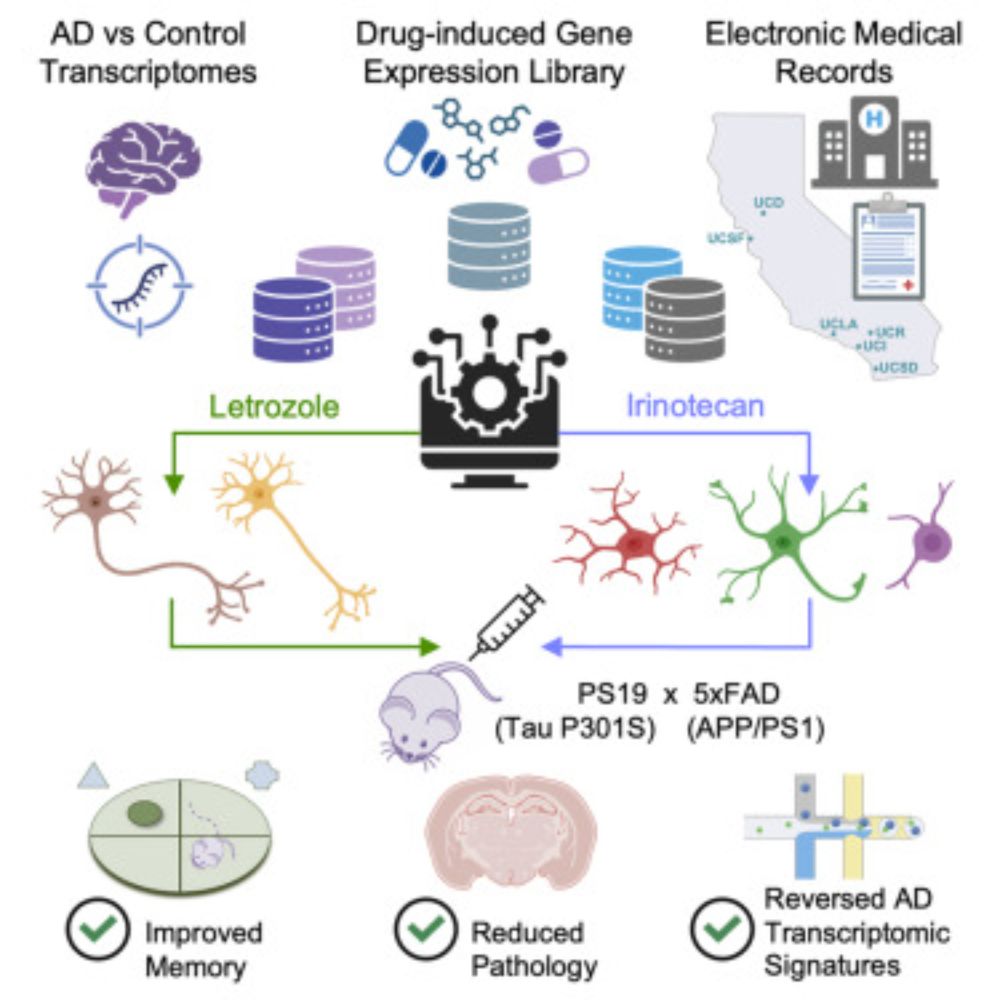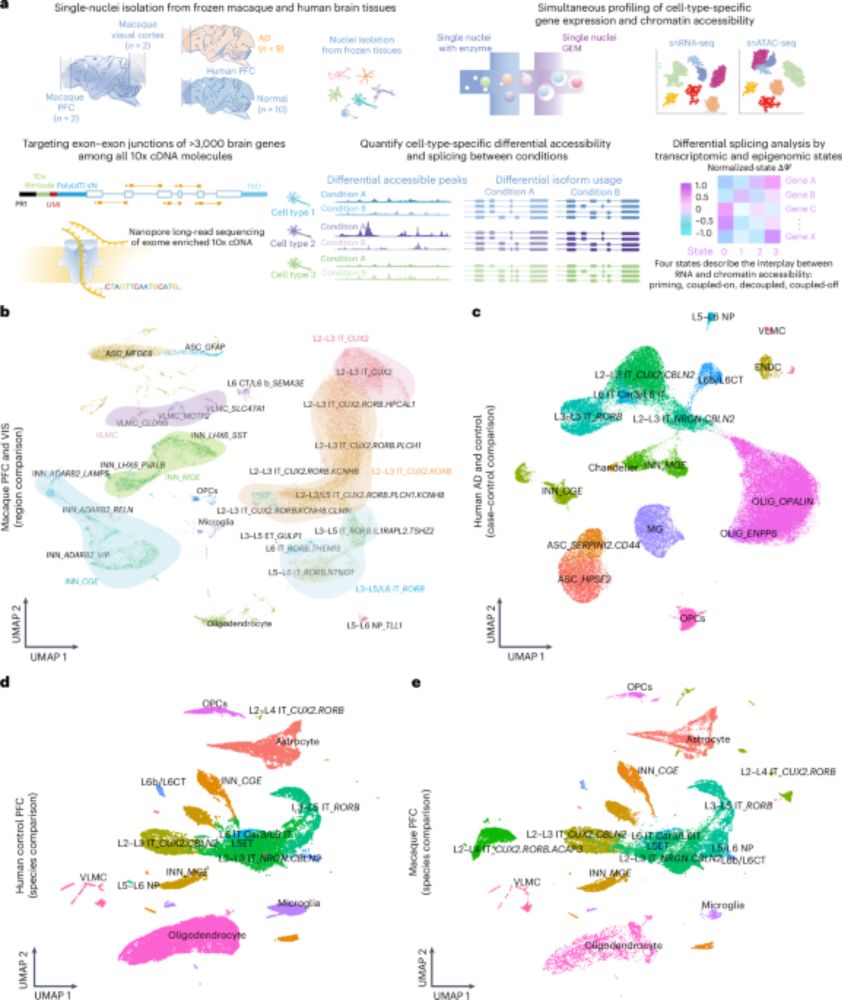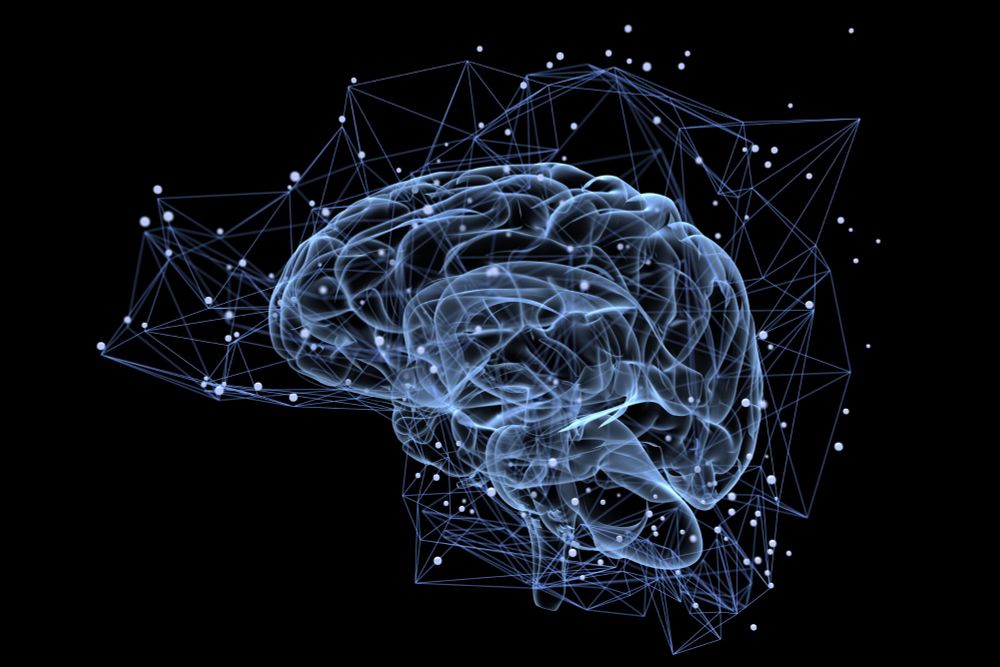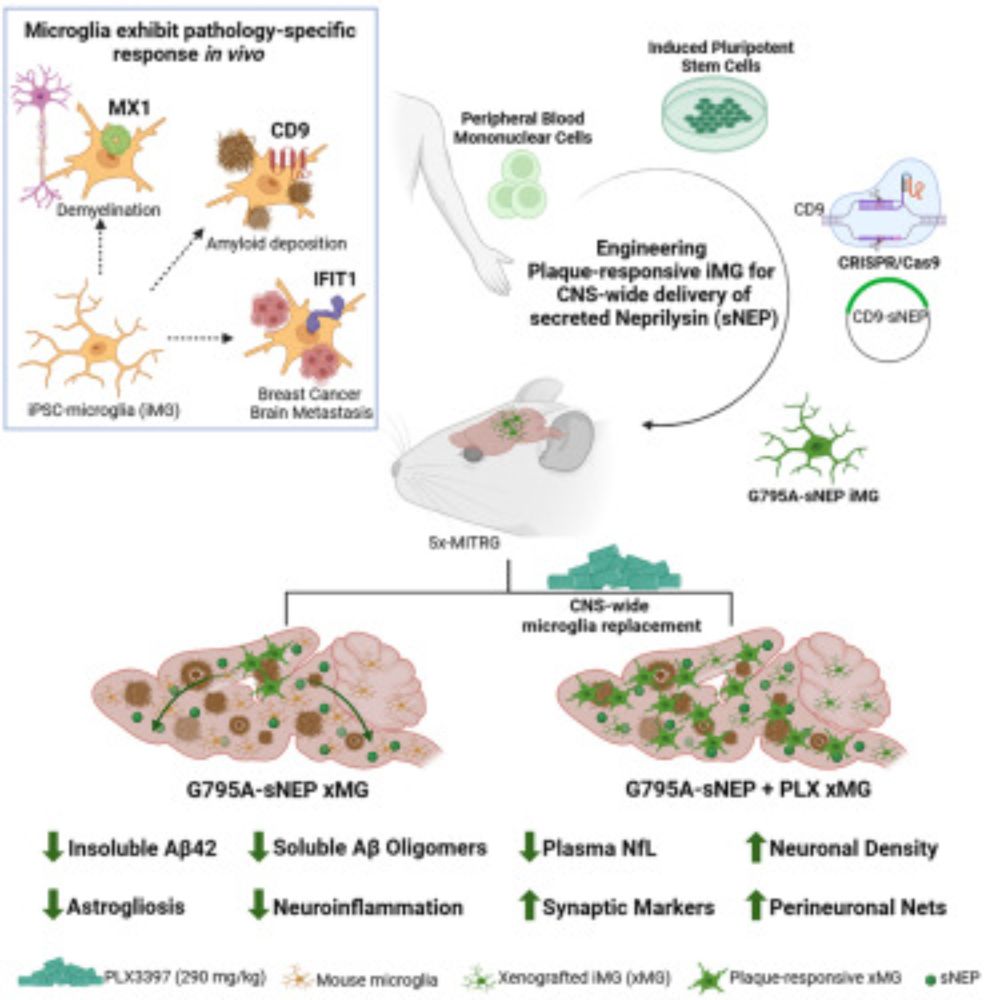
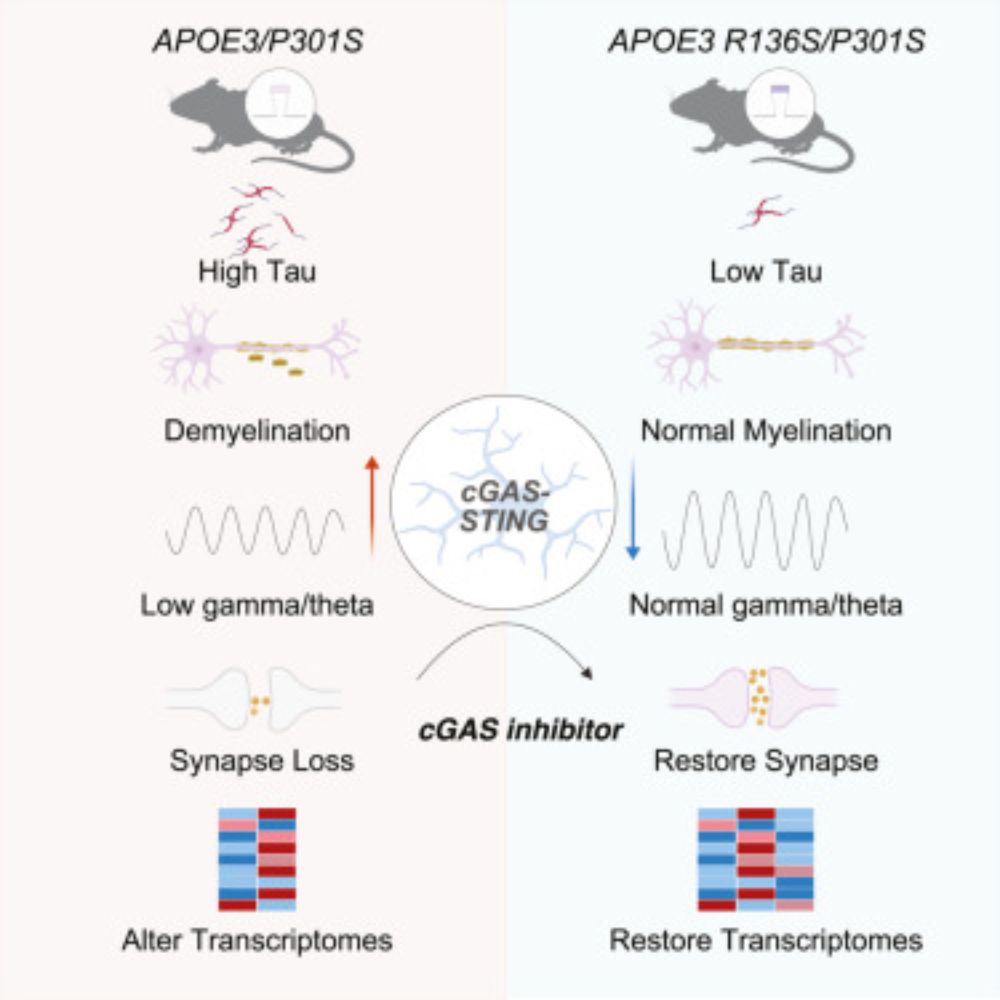


www.cell.com/cell/fulltex...

www.cell.com/cell/fulltex...


www.nature.com/articles/s41...
www.nature.com/articles/s41...

www.nature.com/articles/s41...
www.nature.com/articles/s41...


www.science.org/doi/10.1126/...

www.science.org/doi/10.1126/...


www.cell.com/cell-reports...

www.cell.com/cell-reports...

Title: Elucidating the neuroprotective mechanisms of human microglial replacement therapy in FTD and PD
Thank you PBL Assay Science for sponsoring the award

Title: Elucidating the neuroprotective mechanisms of human microglial replacement therapy in FTD and PD
Thank you PBL Assay Science for sponsoring the award
🧠 Led by Dr. Bruce Yankner @harvardmed.bsky.social
🔗 doi.org/10.1038/s415...

🧠 Led by Dr. Bruce Yankner @harvardmed.bsky.social
🔗 doi.org/10.1038/s415...

www.cell.com/cell/fulltex...

www.cell.com/cell/fulltex...
